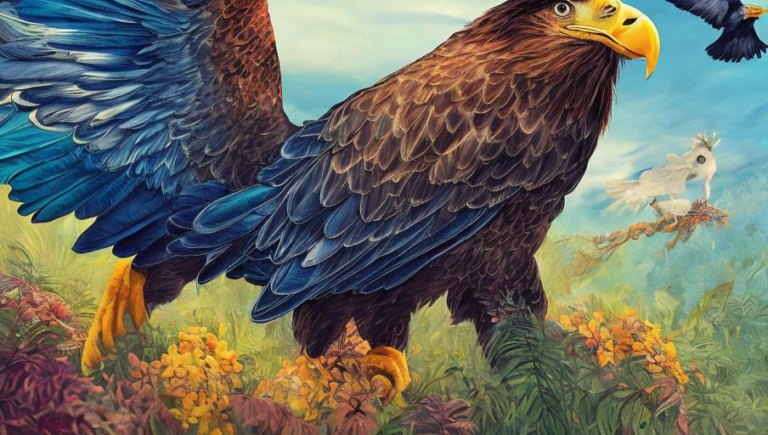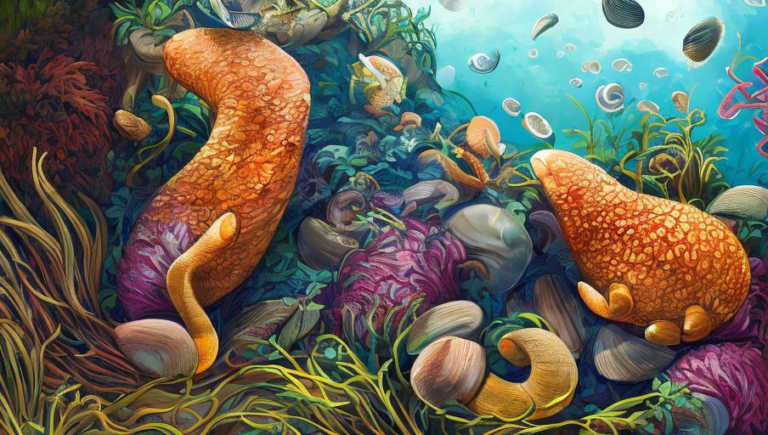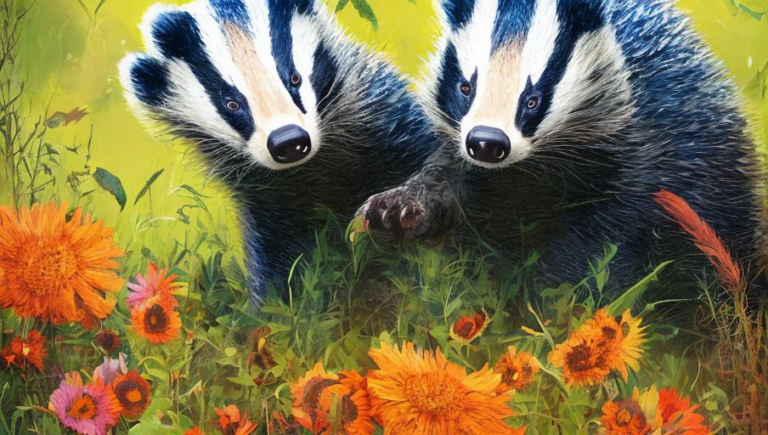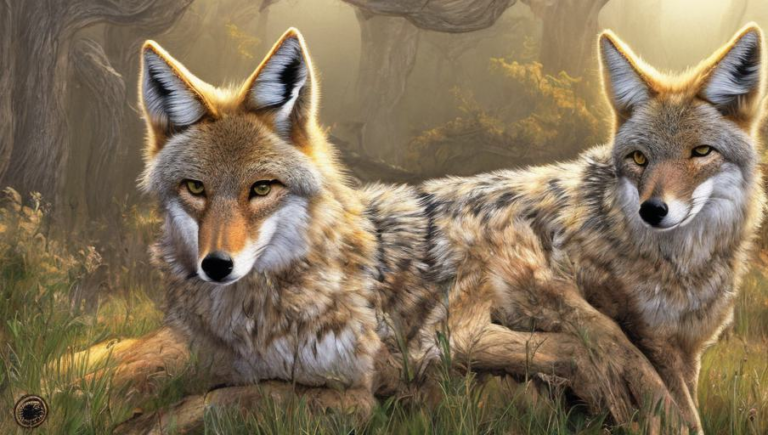Behavioral Patterns of the Caterpillar
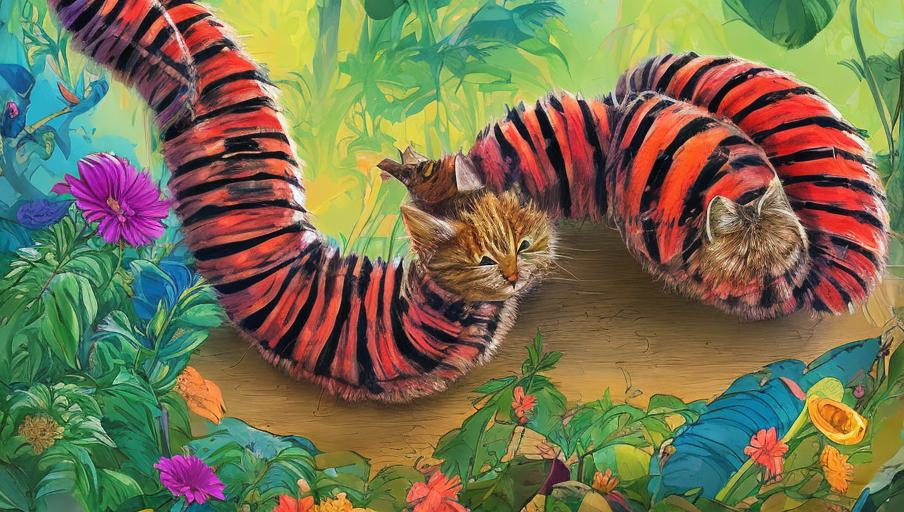
Introduction
Caterpillars are fascinating creatures, and their behavior and life cycles are truly remarkable. They are the larval form of moths and butterflies, and have adapted to live in a wide range of habitats and climates. Despite their small size, caterpillars have complex behaviors that help them survive in their environment and successfully transition into adulthood.
Feeding Behavior
Caterpillars are voracious eaters, consuming large amounts of foliage and other plant material. They use their chewing mouthparts to feed, and will typically eat the same types of plants as the adult moth or butterfly they will turn into. While they mostly stay in one spot while they feed, they are capable of moving around to different plants if they need to.
Defensive Strategies
Caterpillars have a variety of defensive strategies they use to protect themselves from predators. They have the ability to camouflage themselves to blend in with their surroundings, as well as the ability to release a variety of chemicals that make them distasteful to predators. They also have an array of spines and hairs that can irritate or injure any predators that attempt to eat them.
Social Interactions
Caterpillars are mostly solitary, but they can also be found in large groups. When in a group, caterpillars will often feed together, and can even form a group of their own species. This type of social interaction is known as “gregarious” behavior, and is the result of a caterpillar’s instinct to survive by protecting itself from predators.
Migration Patterns
Caterpillars are capable of migrating over long distances in search of food or more suitable habitats. This is particularly true of migratory species, such as the Monarch butterfly, which travels thousands of miles to reach its wintering grounds. Other species of caterpillar may migrate shorter distances to find food or more suitable environments.
Reproduction
When caterpillars reach adulthood, they will reproduce. Female moths and butterflies will lay eggs, which will then hatch into caterpillars. The caterpillar will then go through a pupal stage before emerging as an adult moth or butterfly. This process of metamorphosis is what allows the caterpillar to transition from its larval stage into adulthood.
Conclusion
Caterpillars are truly amazing creatures, with fascinating behaviors and life cycles. They are capable of a variety of behaviors, from camouflaging themselves to migrating long distances in search of food or more suitable habitats. Understanding the behavior of these creatures can help us better protect and preserve them so that they can continue to thrive in their natural habitats.

